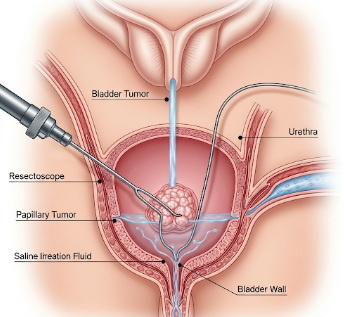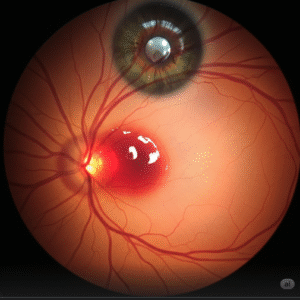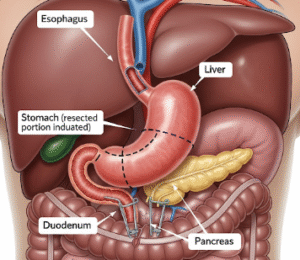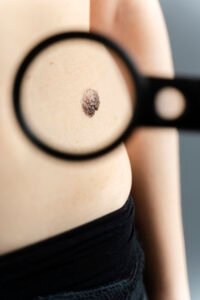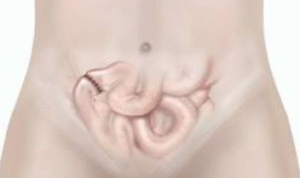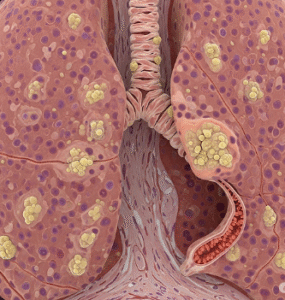Overview
TURBT (Transurethral Resection of Bladder Tumor) is a minimally invasive procedure used to diagnose and treat bladder tumors, including bladder cancer. It is performed by inserting a resectoscope through the urethra, allowing the surgeon to remove tumor tissue and obtain samples for biopsy.
In Korea, TURBT is conducted at advanced urology centers using high-definition imaging and electrocautery tools, ensuring precise tumor removal, minimal complications, and rapid recovery.
What is TURBT?
TURBT involves endoscopic removal of bladder tumors without external incisions. It is the standard initial treatment for most non-muscle invasive bladder cancers (NMIBC) and can also be used for diagnostic purposes.
Indications include:
- ✦ Visible bladder tumors detected on imaging or cystoscopy
- ➤ Hematuria (blood in urine) suspected to be from a bladder tumor
- ✦ Non-muscle invasive bladder cancer (stages Ta, T1, CIS)
- ➤ Biopsy of suspicious bladder lesions for histopathology
Benefits include:
- Removes tumors with minimal invasion
- Allows tissue sampling for diagnosis and staging
- Rapid recovery with short hospital stay
- Reduces recurrence risk with complete tumor excision
What are the Benefits?
✅ Minimally invasive procedure via the urethra
➤ Rapid diagnosis and treatment of bladder tumors
✅ Short hospital stay and quick recovery
➤ Reduced risk of complications compared to open bladder surgery
✅ Allows follow-up monitoring and repeat TURBT if necessary
Procedure Details
1) How should I prepare for TURBT?
- ✦ Preoperative evaluation: urine tests, imaging (ultrasound, CT), and blood tests
- ➤ Review medications, particularly blood thinners
- ✦ Fasting for 6–8 hours prior to the procedure
- ➤ Discuss anesthesia options (general or spinal) with your urologist
2) What happens during the procedure?
- ✦ Performed under general or spinal anesthesia
- ➤ A resectoscope is inserted through the urethra into the bladder
- ✦ Tumor tissue is excised using electrocautery or laser
- ➤ Tissue samples are sent for histopathology to confirm diagnosis and staging
- ✦ Continuous irrigation keeps the bladder clear for optimal visualization
- ➤ Procedure duration: typically 30–60 minutes, depending on tumor size and number
3) What happens after TURBT?
- ✦ Hospital stay: usually 1–2 days for monitoring
- ➤ Temporary catheter may be placed to allow urine drainage
- ✦ Pain and discomfort are usually mild and managed with medications
- ➤ Patients are advised to avoid strenuous activity for a few days
- ✦ Follow-up cystoscopy is recommended to monitor recurrence
Risks / Benefits
Possible Risks:
- Infection or urinary tract irritation
- Bleeding or blood clots in urine
- Bladder perforation (rare)
- Recurrence of bladder tumors requiring repeat TURBT
- Rare complications: urethral stricture or delayed healing
Benefits:
- Effective removal of bladder tumors
- Minimally invasive with no external incision
- Rapid recovery and short hospital stay
- Korean hospitals provide advanced endoscopic equipment and expert urologists to minimize risks
Recovery and Outlook
- ✦ Most patients resume normal activities within 1 week
- ➤ Urinary function typically improves quickly
- ✦ Regular follow-up cystoscopy is essential to detect recurrence
- ➤ Long-term prognosis depends on tumor stage, grade, and completeness of resection
- ✦ Korean urology centers offer multidisciplinary care including oncology, pathology, and rehabilitation
When To Call the Doctor
⚠ Persistent hematuria or blood clots in urine
⚠ Severe pain or difficulty urinating
⚠ Fever or signs of infection
⚠ Signs of bladder perforation: abdominal pain, swelling, or urinary leakage
Best Korea Option / Process
Korean hospitals provide world-class TURBT care, including:
- ✦ Experienced urologists specializing in minimally invasive bladder tumor surgery
- ➤ Advanced endoscopic visualization and electrocautery/laser technology
- ✦ Short hospital stays with rapid recovery programs
- ➤ Comprehensive post-operative care including catheter management and follow-up
- ✦ Multidisciplinary support for oncology, pathology, and rehabilitation
- ➤ English-speaking coordinators for international patients
Highlights of TURBT in Korea
- ✅ Minimally invasive removal of bladder tumors via urethra
- ➤ Rapid diagnosis and treatment with tissue biopsy for staging
- ✅ Short hospital stay and quick recovery
- ➤ Advanced endoscopic and laser techniques for precise tumor excision
- ✅ Multidisciplinary care and close follow-up to prevent recurrence

